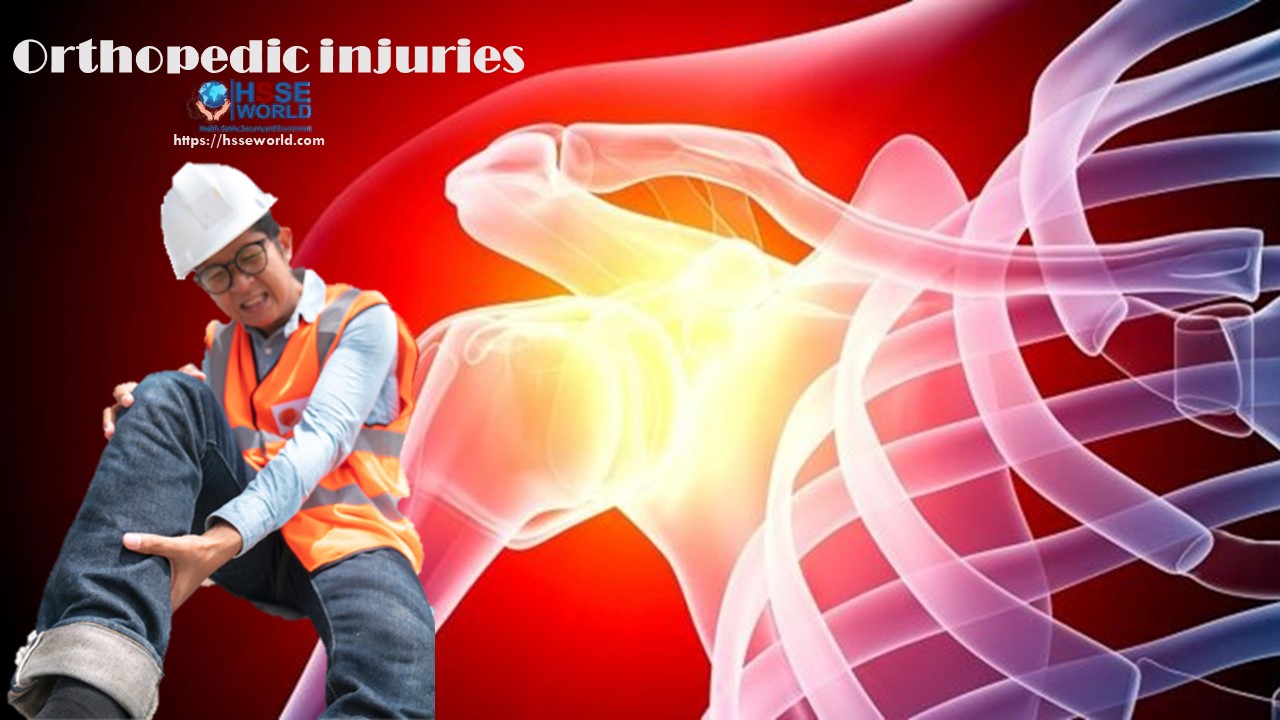Noise is present in many workplaces, but being exposed to too much can cause permanent and irreversible damage to workers. Noise levels and the duration of the worker’s exposure to noise should be reduced.

How workers are exposed
Loud machines and equipment are among the most common causes of harm to workers’ hearing. As a guideline, if you are within 1 metre of another person at work and have to shout to be heard, the noise level is likely excessive.
The risks
Noise-induced hearing loss is one of the most prevalent occupational health problems. It is permanent and irreversible. Work-related hearing loss can be caused by a single event such as an explosion. More often, it is caused by long-term exposure to excessive noise, like machine noise, that is present throughout a work shift.
If you work around hazardous noise, you must take part in a hearing loss prevention program. This includes annual hearing testing.
How to reduce the risks
The best way to reduce the risk of noise exposure is to eliminate the source of noise. If that’s not possible, engineering controls should be used to reduce noise levels. Another option is to reduce exposure duration by limiting the time spent around noise. When choosing preventive measures, start by asking the questions in the following steps. These steps are listed here in order of effectiveness:
- Elimination or substitution
This involves eliminating the hazard by substituting a safer process or material, where possible. It is the most effective control. Some questions to consider:
- Can a quieter machine or piece of equipment be used?
- Can a process that generates less noise be used?
- Engineering controls
This type of control involves making physical modifications to control the hazard or reduce exposure. When practical, employers must make physical modifications to facilities, equipment, and processes to reduce exposure to noise. An acoustical engineer can help employers identify engineering controls and start using them. Combining some options may maximize noise reduction and improve worker safety. Some questions to consider:
- Can noise be reduced at the source?
- Can the noise source be enclosed?
- Can workers be enclosed from the noise?
- Can the room be acoustically treated?
- Administrative controls
This type of control involves changing work practices and policies. Awareness tools and training also count as administrative controls. All can limit the risk of noise exposure. Some questions to consider:
- Can shift lengths be reduced to cut exposure time?
- Can workers be scheduled as far away from the source of noise as possible?
- Has a hearing loss prevention program been started?
- Have warning signs been posted in the work area?
- Have workers taken their annual hearing tests?
- Personal protective equipment
This is the least reliable control. When used, there must always be at least one other control in place as well. Some questions to consider:
- Do workers have appropriate hearing protection that fits them?
- Are workers wearing their hearing protection properly?
Bringing noise down to a safe level may eliminate the need for a hearing loss prevention program and hearing protection.
The Hearing Video
Produced in the style of a TV science show, The Hearing Video uses vintage films, computer animation, and noise-defying stunts to demonstrate how your ears work and the effects of hazardous noise on your hearing. The video also demonstrates the proper use and maintenance of hearing protection and how to choose the right protection for you.




